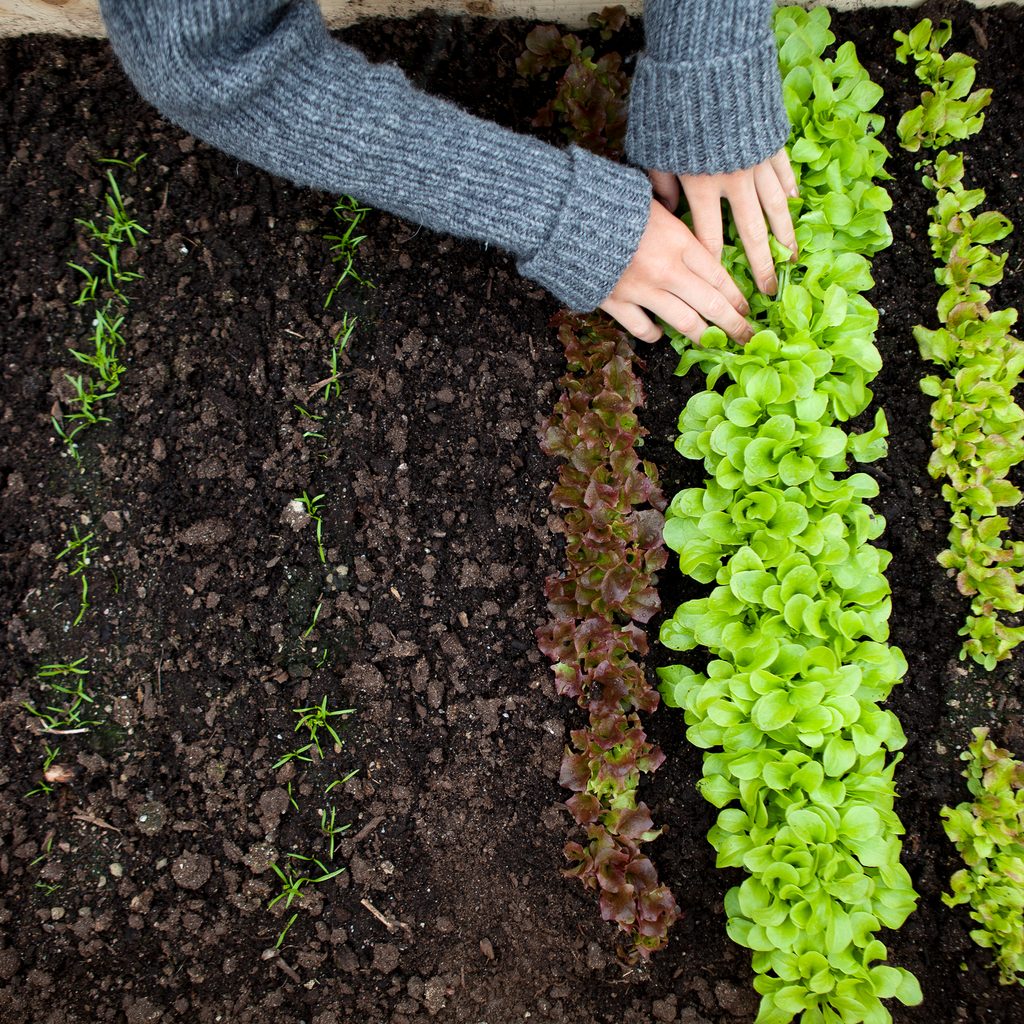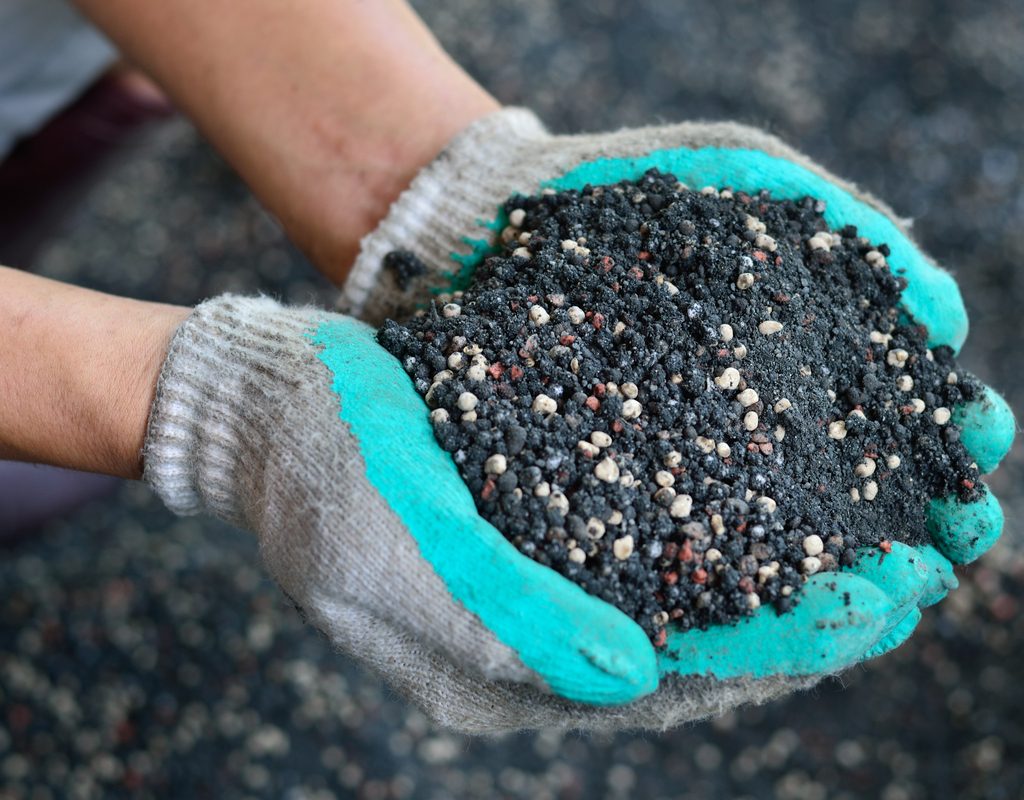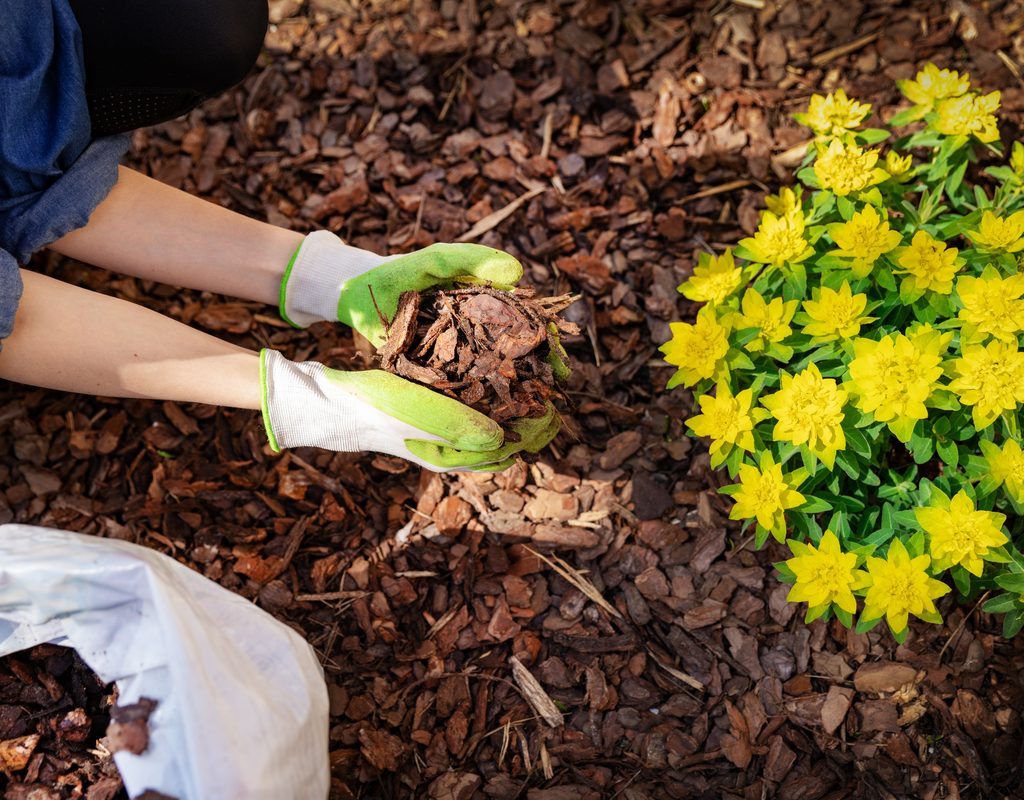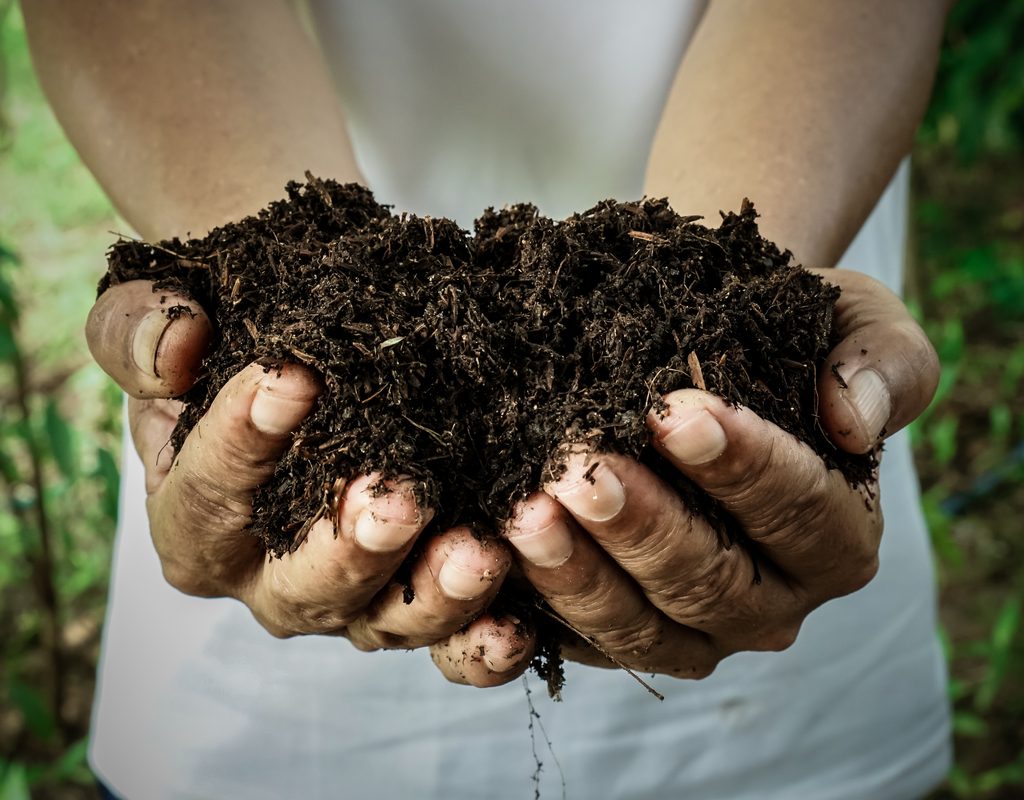Fortifying your soil with organic matter is a planting basic for growing crops, no matter if you’re working on an agricultural scale or tending to a modest garden. From dead leaves to chicken manure, there’s a wide range of materials that can break down into soil-nourishing organic matter. Ahead, we’ll go over all you need to know about organic matter and its purpose in your garden soil.

What is organic matter in soil?
In a nutshell, soil consists of minerals, organic matter, air, and water. About half of soil is air and water, while the other half is minerals, such as sand, clay, and silt. Then, anywhere between 2 to 10% of soil is organic matter. Organic matter is composed of many things; however, it generally comprises dead and living things in various states of decomposition — this includes plants, animals, and microorganisms.

What are the three types of organic matter?
The three types of organic matter are active organic matter, passive organic matter, and slow organic matter. Here’s what to know about each type.
- Active organic matter: Active organic matter can take anywhere from months to years to decompose. It includes plant and animal residue that’s rich with microorganisms. This organic matter contributes to soil fertility by releasing nutrients, such as nitrogen.
- Passive organic matter: Passive organic matter, also known as “humus,” has already been decomposed. While it provides little food for soil organisms, it gives soil its dark color and contributes to soil structure.
- Slow organic matter: Slow organic matter refers to matter that can take decades to break down — this includes materials like bones.

Why organic matter is necessary for soil
Although it’s usually only a small percentage of soil, organic matter delivers many critical benefits to plants. Here are just a few of its top contributions to soil:
- It provides nutrients for plants as microbes break down and release nutrients, such as nitrogen and phosphorus.
- It stores nutrients in soil and increases soil’s cation exchange capacity, or CEC. Organic matter has a negative charge, so it attracts positively charged cation particles, such as calcium and magnesium.
- It helps sandy soil retain water and clay soil drain excess water. As a result, organic matter allows plants to properly access water and nutrients as it improves soil structure.
- It keeps plants healthy so they can resist pests and diseases. Organic matter is food for beneficial microorganisms that help fight microbes that cause soil diseases and improve plant growth.
Can soil have too much organic matter?
Of course, you can have too much of a good thing. Excess nutrients can damage plant roots and pollute waterways with toxic algae blooms. When tending to your garden, avoid overfertilizing your plants.
How can I make my soil more fertile?
In a garden landscape, aim for at least 2% organic matter. In a garden landscape with fruits and vegetables, you want to get that number even higher, around 5 to 10%. You can usually take a soil sample and test it for organic matter by sending it to a soil testing lab.
So what kind of garden activities decrease your soil’s organic matter composition? Picking crops depletes organic matter as you take out soil nutrients. Tilling also tends to break down organic matter faster by introducing oxygen. Soil erosion caused by harsh winds and rainfalls can also impact your soil’s reserve of organic matter as it displaces soil and the organic materials in it. These activities are just the tip of the iceberg, so regularly fortify your soil with organic materials to keep it rich and fertile.
Replenishing your soil with organic matter only takes a little bit of legwork. At the beginning of the growing season, you can increase the organic matter in your growing medium with soil amendments, such as compost, manure, and worm castings. Additionally, it helps to top-dress your crops with mulch and fertilizer, which can break down into organic matter. You can likewise grow cover crops and perennial grasses — the foliage and roots of these plants can also eventually break down into organic matter.
Although just a sliver of your soil composition, organic matter can make or break your garden crops. From holding onto nutrients to improving soil structure, it provides a wide range of benefits to your garden bed’s growing medium. You can boost your soil’s organic material by adding a bit of compost or manure. Many different organic materials can break down into organic matter, providing you with rich, fertile soil to nourish your plants before you know it.



